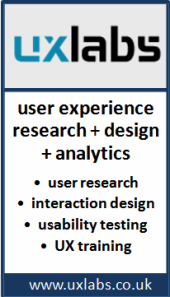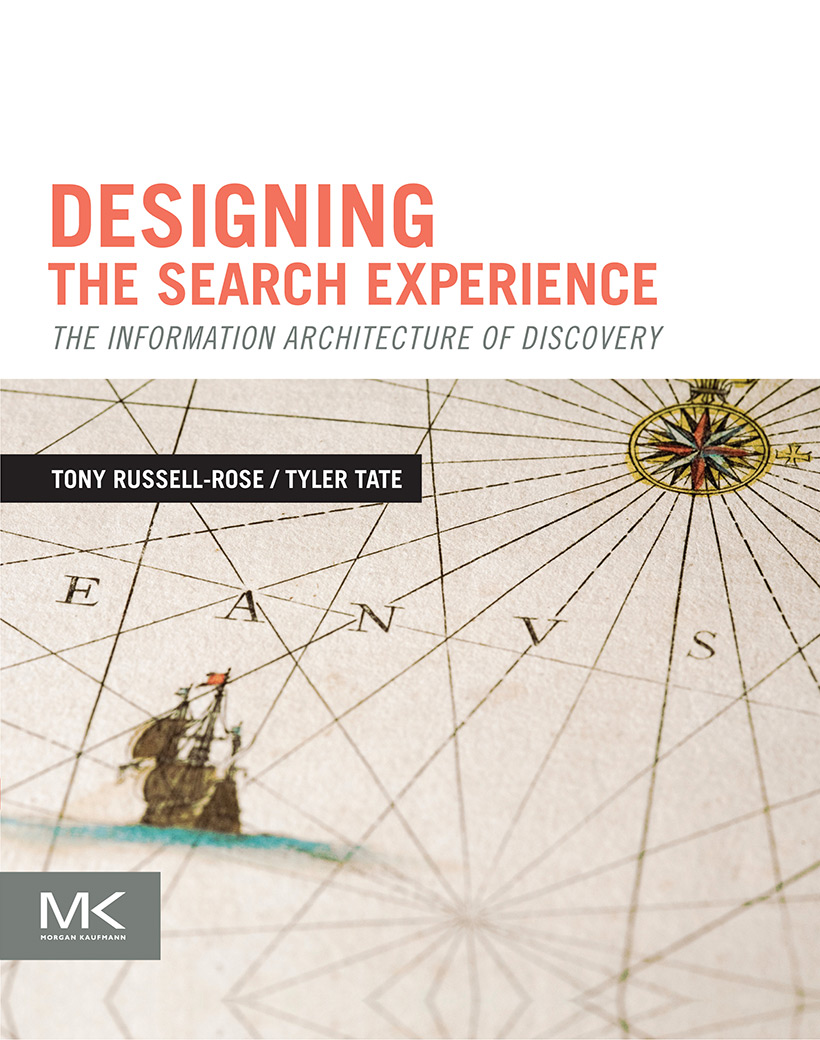The Ergonomics Society is about to embark on a redesign of its website, and earlier this week I posted out the first and second deliverables from the stakeholder kickoff meeting: the user segmentation model and the user profiles. Now, we follow these up with the final deliverable from that session: the user scenarios.
First, a caveat: actually, these aren’t really user scenarios, at least not in the text book sense of being a rich narrative weaving together users, tasks & artefacts into a coherent, goal-oriented context. Instead, these are more like nominal placeholders, representing the key goal-driven activities of each of the segments, ready to be further refined and expanded through user research. These scenarios, generated during a 30-minute breakout session, are listed below (grouped by segment):
As an Information Consumer, I want to:
- Source an interviewee today to talk about <specialism>
- Find a practical solution to a <ergonomics topic> problem in my workplace
- Find diagrams to demonstrate <ergonomics process/service>
- Find current research on <ergonomics topic>
- Find out what ergonomics is
As a Society Member I want to:
- Find out how to join
- Pay my membership fees
- Understand the rules to become registered
- Avoid the conference late fee
- Find an ergonomist in <region> working on <specialism>
- Find out when my CREE accreditation expires
- Understand how to take a career break
As a Society Customer, I want to:
- Register for an event
- Place an advert
- Find out where the ads are placed on the site
As a 3rd Party Service Consumer I want to:
- Find a consultancy service that matches my needs
- Find an educational course that matches my needs
As a Staff Information Consumer I want to:
- Talk an enquirer through finding an ergonomist
- Direct someone to a page on the website
- Check details on awards
- Check details of events
As a group, we then prioritised the scenarios according to business and user value, as shown below. There shouldn’t be too many surprises in this – if we got our segmentation right, and our profiles prioritised appropriately, then what comes out as the high priority scenarios should really be consistent with that. Nonetheless, I’m a but surprised that only one Information Consumer scenario made it into the top right quadrant. They are all pretty high on user value – it’s just that the business value of those scenarios isn’t as high.

Scenario prioritisation
So – what’s next? Well, we now have our basic UX framework / requirements which will form the basis for iteration planning and a reference point for design decision-making. Our next step is to use this and start on all the PM stuff, e.g. clarifying scope, timelines and budgets. I’ll be setting up a meeting shortly to kick this off. If you want to contribute, to either the process or the outputs, just let me know.
Slide 34
A Find out how to join
B Pay my membership fees
C Understand the rules to become registered
D Avoid the conf late fee
E Find an ergonomist in <region> working on <specialism>
F Find out when my CREE accreditation expires
G Understand how to take a career break
Read Full Post »





